Das Bild des Tages von: Marietheres Putre
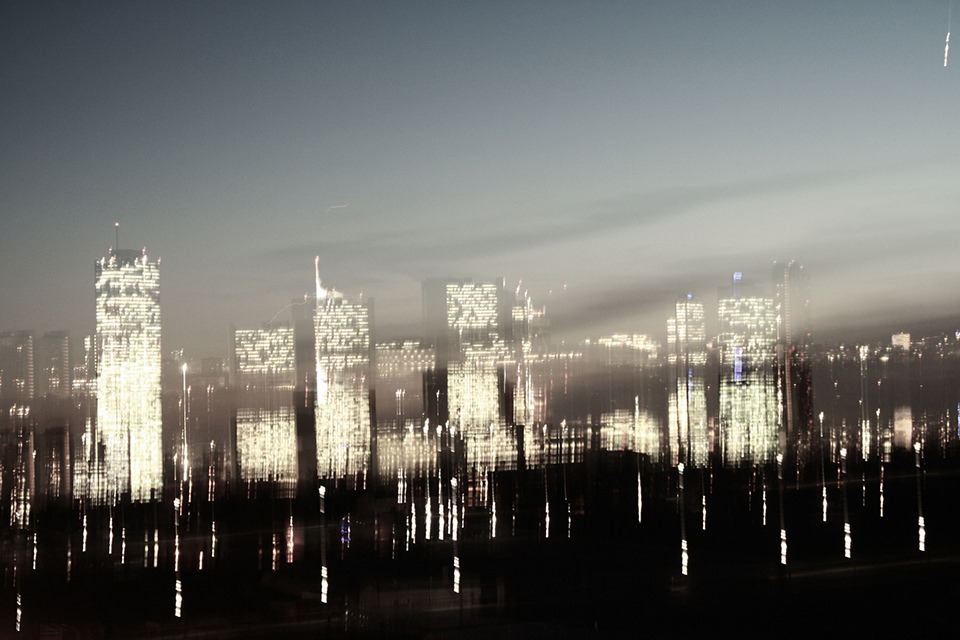
Heute im Ausblick: Wiener Lichter.
kwerfeldein – Fotografie Magazin | Fotocommunity
Das Bild des Tages von: Marietheres Putre

Heute im Ausblick: Wiener Lichter.
kwerfeldein – Fotografie Magazin | Fotocommunity
[ By Steve in Abandoned Places & Architecture. ]

Skyrockets red glare and bombs bursting in air were once sweet music to these abandoned fireworks factories, many of which ended with a bang not a whimper.
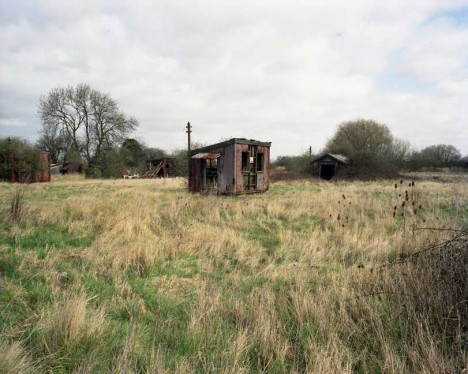
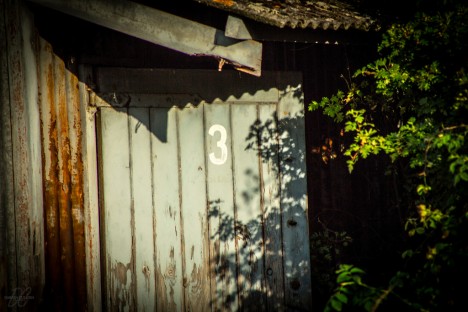
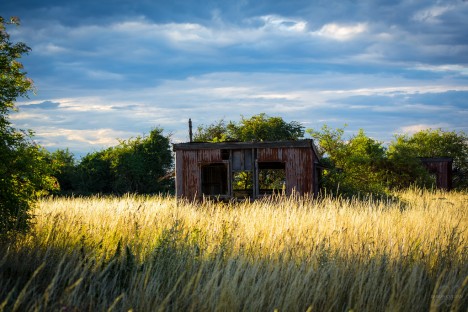
Wells Fireworks manufactured pyrotechnics at Dartford, Kent, UK from 1837 through the late 1970s, finally financially sputtering out under price pressure from cheap competition based in China. We’ll bet old Joseph Wells did not see that coming.
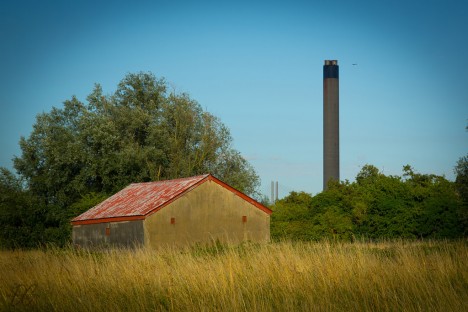
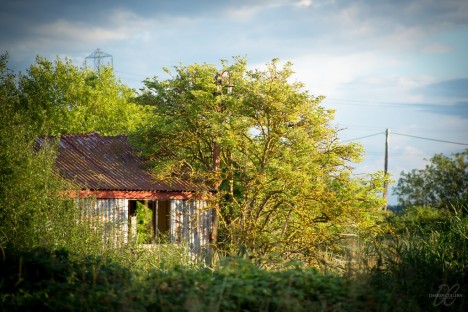
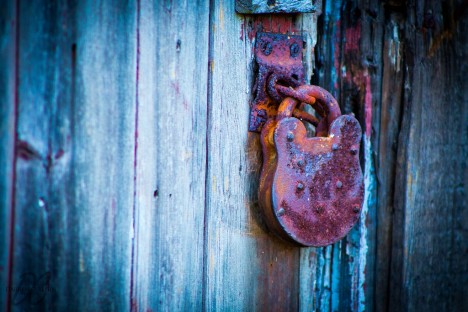
Many of the firm’s original factory buildings still stand (though not too steadily) at the now-overgrown and peaceful Joyce Green area of Dartford. Credit Flickr user Darren Cullern (innerbeast) with these images of the former Wells Fireworks factory taken on August 2nd, 2013.
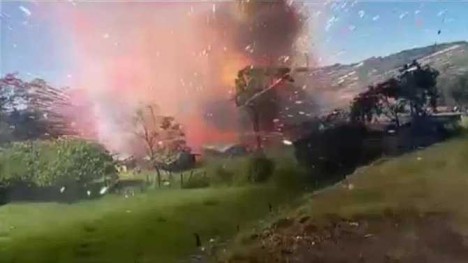
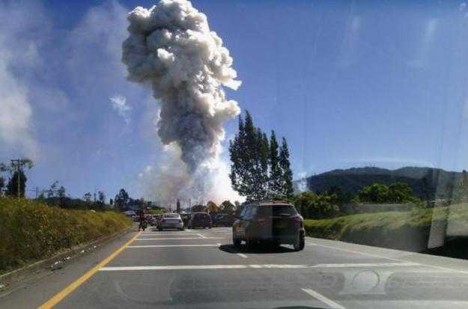
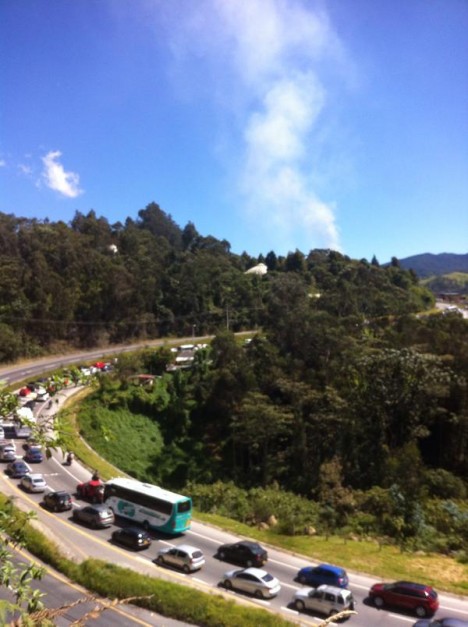
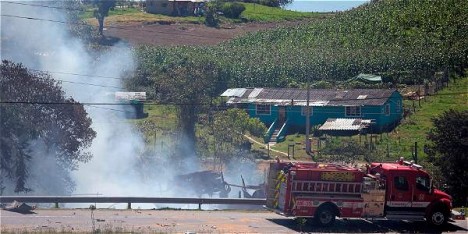
Fireworks factories make products that go BOOM… ideally, far from their place of origin. Premature explod-ulation is not cool – just the opposite! Kudos to Wells Fireworks for not blowing itself to smithereens even once during its 150-year-long history; incidents like the colorful explosion of a fireworks factory near Bogota, Colombia in January of 2015 are all too common.
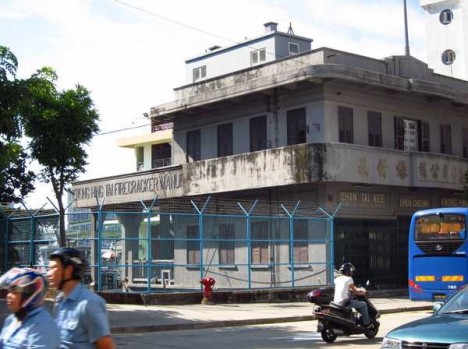
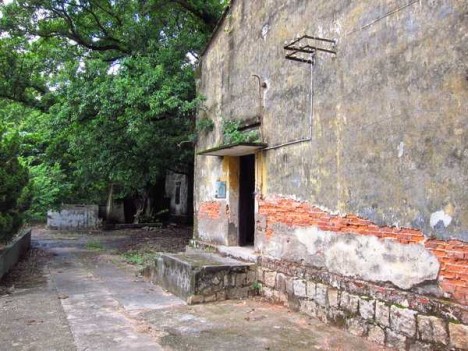
The office and administration building of an abandoned fireworks factory in Macau looks like it’s been through a battle or two in its day. Most likely it was built to survive an explosive calamity, which if you come to think of it is rather like being in a war. Betcha the boss of the place passed on the corner office with a view – wouldn’t you?




[ By Steve in Abandoned Places & Architecture. ]
[ WebUrbanist | Archives | Galleries | Privacy | TOS ]
If you’re like me, you enjoy reading and learning about the latest photography gear as soon as it comes out. Looking each month at popular photo magazines and online sites, reading the reviews, product articles, and ads, it’s hard not to head to your local camera shop and start spending money! But, really needing that new gear can be a very different issue. Let’s take a look at what you may, or may not, truly need as tools to create your art.
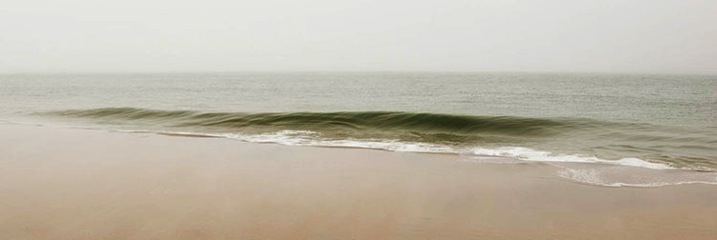
Yes, those big number megapixel camera bodies can be very sexy, and every month it seems that there are new, better than ever, lenses to consider. Besides photography, I also have a passion for sports cars. I have often chuckled at what a friend and I call the “horsepower wars”. Auto manufacturers stoke up the fires of desire for their cars with the ever raising horsepower number – resulting in more power than you would ever need, unless you’re a racecar driver! Camera companies, to an extent, have done likewise with megapixel marketing causing some to jump to buy because more must always be better, right? Or is it? That all depends. Ask yourself these questions:
If you can say yes, great! Keep shooting and growing, and you’ll know when it’s time to upgrade gear.
I bet very few of us have fully explored all the capabilities of our current cameras.
It’s best to understand this before you jump to a new body just because it has more megapixels (read this article on sensor size).
If you need to create bigger high-quality prints than you are capable of now, consider upgrading.
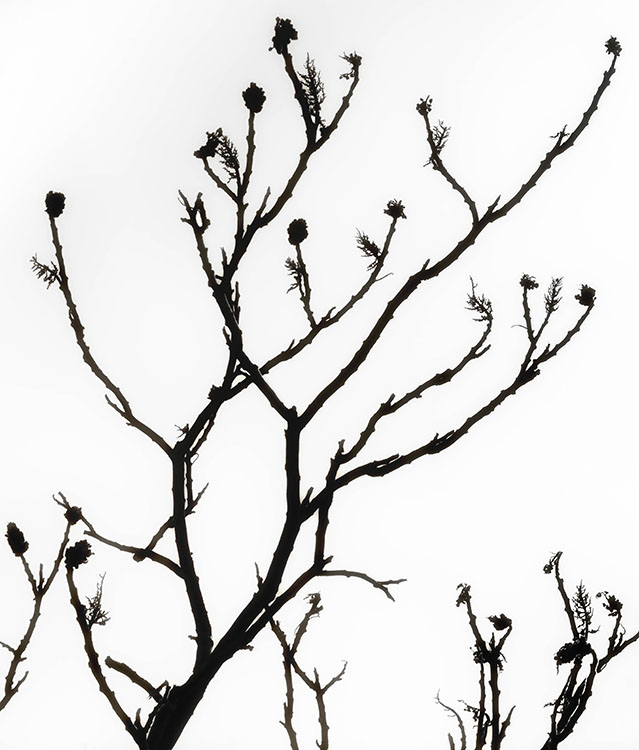
Then why mess with a good thing? Keep shooting and booking those gigs. Stay aware of updates and new gear. and you’ll know when you need a change.
The latest and greatest usually comes with a significant price tag. You may also need new batteries, memory cards or a computer upgrade. So factor it all in.
Do you feel intimidated that you don’t own a “pro” body, and think that you need to in order to be a serious photographer – even though you may not really need a metal, sealed, or full-frame body?
This is the worst reason to buy more gear! Keep learning, growing, and be confident that your work comes from your eye and brain – not from how cool your new gear may be.
If you can point to something that would definitely result in better quality work, then it is worth considering investing in better, or more gear.
If you answered: “yes, the latest, greatest new gear would make a significant difference in my work or business” then it would seem to make sense to jump in and spend what is needed to achieve that. But, if you feel the need to buy some new gear in order to feel more accomplished, or to keep up with your buddies, or think buying a new camera would be the main determinant of good work versus less than good work – or if your current gear is doing the job just fine and there are many settings/capabilities yet to explore with it, you should probably reconsider spending the money right now.

If you just love to buy all the latest gear as soon as possible, and can afford to do so, that’s very cool, fun, and good for you – but to me it’s always been about what you see, how you see it, and how you capture it – not the gear used. Currently I own a Nikon D800, D700, and I still have my D300 (I traded my D80 and other stuff towards the D300). I was a late adopter of the D800, buying it nearly a year after it was released. I admit that all the hype and the reviews of this 36.3 megapixel marvel very nearly tempted me to immediately run out and spend the $ 3000 right away on the latest and greatest camera. Instead I looked at my needs, and at that time all they were served very well with my D700 – which I still love.
As my fine art photography business grew, I became in need of providing larger files to produce much larger prints than I had been doing. It was only then that I really considered the D800, and eventually bought it – because I needed that tool. With regard to my lenses, I slowly but surely worked my way to a couple of professional level lens that cost a bunch, but really made a huge difference in my work. Once again, it wasn’t about buying gear because it was new, or well-known and on magazine covers, but because I had grown to need it. I worked alongside other photographers who used the latest pro level bodies and lenses, but I stayed the course using my 12.3 megapixel D300 body and DX lenses until I grew to where I had a sincere need for better gear, and not before.
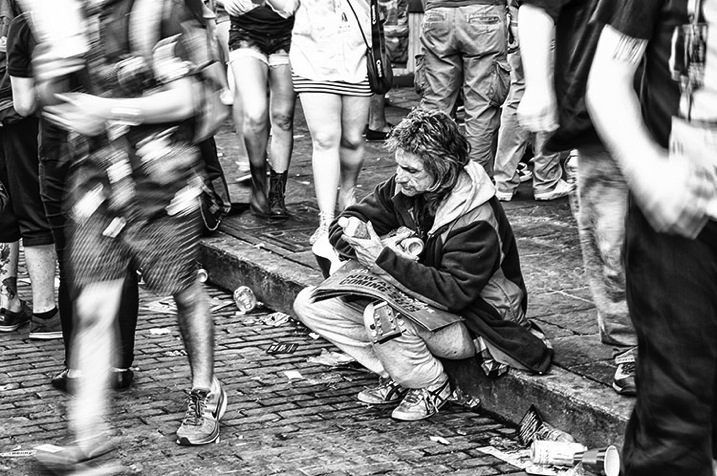
A while back I visited Austin, Texas on non-photography business, and knowing that my visit coincided with the SXSW event, I wanted to be sure to take a camera along. I threw my trusty ol’ D300 in my suitcase with an 18-200mm DX lens. Yes, I took my oldest, non-full frame DX body and a lens that cost a third of my favorite FX lens to shoot SXSW. And you just know that everywhere I turned that week in Austin, I saw someone shooting with the latest greatest camera. That bothered me not one bit! You can see the results of this shoot on my website in SXSW Portfolio. The images were reviewed by Shutterbug Magazine which wrote of the collection, “it makes you want to be there, an interesting link to the musical nature of Bobby Baker’s remarkable photography.” I didn’t need the latest gear to successfully capture this opportunity, just a good, solid camera (one that happened to be discontinued for more than five years) the understanding of how to use it well, and a good eye.
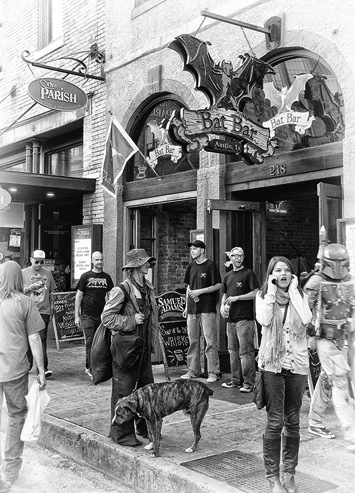 |
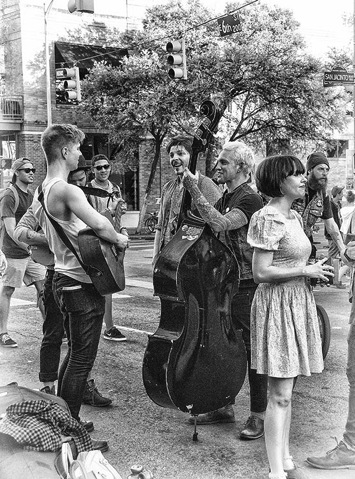 |
I am not saying that you shouldn’t buy new gear when it hits the market; what I am saying is buy the gear that you need and can afford, and don’t get caught up in marketing numbers or worse, pressure because your buddy has a mega-megapixel camera and you feel you need one to keep up. It’s about what you see, and what you create when capturing it, not what you used to shoot it. I look at other photographers work all the time, not their gear.
googletag.cmd.push(function() {
tablet_slots.push( googletag.defineSlot( “/1005424/_dPSv4_tab-all-article-bottom_(300×250)”, [300, 250], “pb-ad-78623” ).addService( googletag.pubads() ) ); } );
googletag.cmd.push(function() {
mobile_slots.push( googletag.defineSlot( “/1005424/_dPSv4_mob-all-article-bottom_(300×250)”, [300, 250], “pb-ad-78158” ).addService( googletag.pubads() ) ); } );
The post Do You Really Need the Latest Greatest Gear? by Bobby Baker appeared first on Digital Photography School.
Raiatea Arcuri is an avid landscape photographer who maintains a website, a blog of tutorials and gear reviews, and is constantly expanding his online portfolio. His work will soon be on display at a gallery on the Big Island of Hawaii, where he calls home. Did we mention he’s only 17? Take a look at his work and read more about his journey into photography. See gallery
Articles: Digital Photography Review (dpreview.com)
Das Bild des Tages von: Chris Zielecki

Im Ausblick: Dokumentarische Fotografie mit Hipstamatic, Diptycha und Architektur.
kwerfeldein – Fotografie Magazin | Fotocommunity
What is photography anyway? It is a fraction of a second of eternity that you try to capture, with better or worse technique, with deeper or shallower depth of field. But, in short, that’s all about photography, and it is this magic what makes photography an art. The essence of why many of us like photography, goes beyond what we can capture with our DSLR and show to others. It is the experience of the moment, and how one learns through the years to be aware of the present. It was just a few months ago when I learned what mindfulness was about, and I immediately noticed the similitude with how I experience photography. It is all about being present in the moment that one is trying to capture.
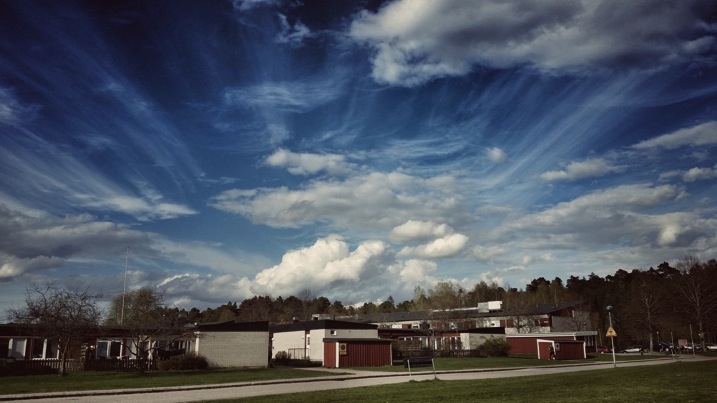
The journey back home – something so magnificent like ephemeral cloud formations could pass right away if you are immersed in past or future thoughts instead of being present.
To be present involves being aware of oneself in the present moment. The fact that one is observing and capturing a situation is not enough to take a great picture. I am a visual person. There is large chance that since you like photography, you are as well. That means that you learn better by watching a film than by reading a book. You then may prefer a figure or infographic, rather than its explanation. In my case, long before I got my first serious camera, and committed myself to learn the techniques and nuances to show other people the way I see the world, I already enjoyed looking at other people’s pictures. However, it was seldom that I actually observed the world around me.
Photography teaches us that those amazing pictures we love viewing from other photographers, are actually out there if you dare to look. I don’t remember a particular moment when I realized I was alive. There was no such an experience. But I somehow learned through photography that the best camera obscura that I can count with is my eyes. The best film is my memory. And it is awesome because it also comes along with many other senses. Once you realize that, you discover that the difference between a snapshot and a great picture is that: for the latter you acknowledge all the angles of the scene, you walk your picture before you take it, you breathe it, you feel it, and then compose it. You ARE in the picture as the one capturing it. And you want somebody else to BE there with you seeing the same scene.
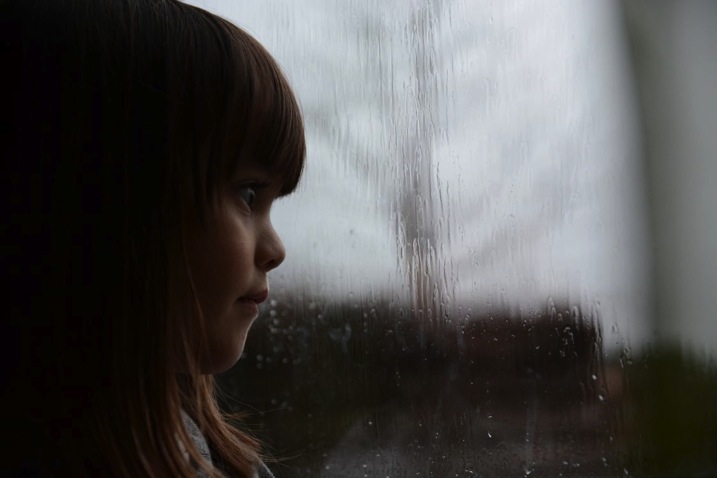
Daddy, when will it stop?: This is my daughter’s frustration for not being able to go outside on a long, boring summer Sunday. It wasn’t until I realized her feelings that I knew what to photograph.
You have to be quick if you are for example, a street photographer, but that’s how life is in cities, right? However, there is not much difference than, let’s say, a fashion production in the sense that it is a fraction of a second, just a moment that you are able to transmit into a picture. We have to learn to chase the moments… to do so we have to BE in the scene.
If you run out of battery, or you find yourself without your bulky DSLR with you, then simply capture it in your mind. I literally make the sound “click” in my mind. You don’t need to, that is my own mental issue. But whatever it is that you like to chase and capture, whether it is your cat, a pint of beer, or the garbage on a street – be there. Paraphrasing Henri Cartier-Bresson, most of the situations that you see around you will repeat if you wait long enough. Yes, even those pictures that you missed because you didn’t bring your camera with you. Be present to know what you are after. Learn about your subject, revisit the site and you will get the shot you want.
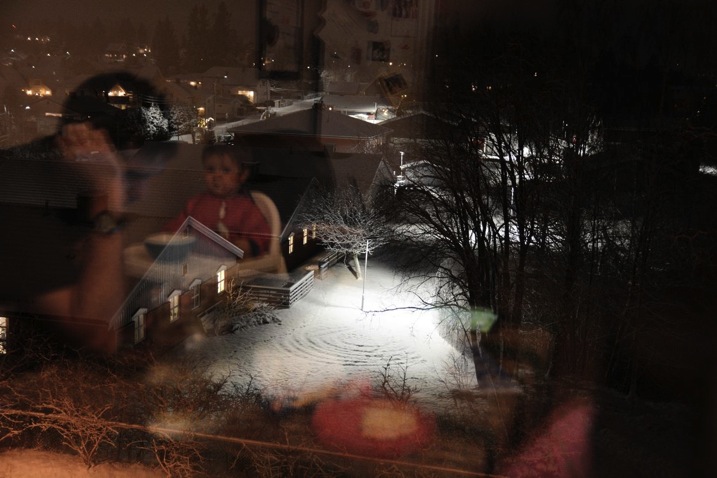
Christmas eve in Oslo – This time, it was my feeling of confinement on a cold Christmas eve that I tried to capture. Me and my friend (in the picture) are used to warm and sunny Christmas festivities. Not this time.
If the scene you are watching makes you angry, then be angry and capture angriness. Be aware of the weight of the camera in your hands. Be aware of your finger pressing the shutter in the moment you do. Reflect about why did you choose to press it just then, and not before. Watch the object’s geometry, its beauty. Do you really want to be there? Does the marriage of that couple you are photographing make you happy? What is it that makes you happy? Their smiles? All the people celebrating together? You don’t need to do anything else with those feelings. Let them be in you, and let them go away. But just when you realize them, capture that moment in a picture. Capture with the camera the pictures you would like to share, but capture for yourself every fraction of a second of your life. BE there where you are.
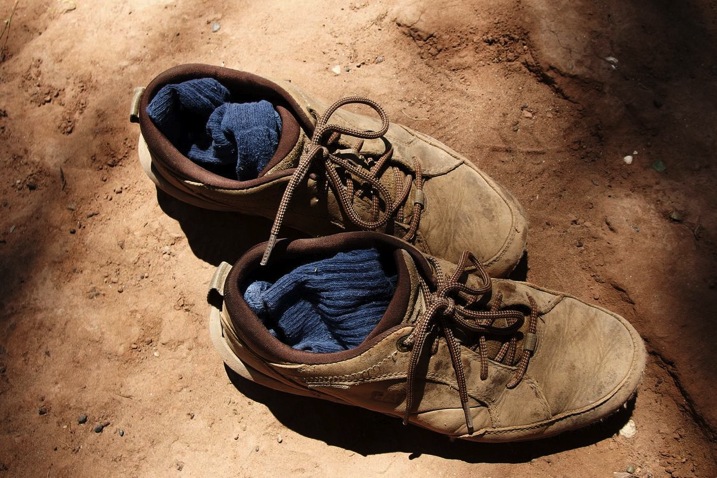
Smelly shoes – When I see this picture I can’t stop feeling the heat coming from these shoes that have walked who knows how long under the sun.
To some extent, you can also transmit with a picture, what your other senses were capturing. This is one of the biggest challenges of photography. Smell, listen, feel, taste. To me, the perfect picture is one that transmits all those other sensations, smells, noises, emotions, and temperature apart from what you are just watching. That takes a level of mastery that not everyone achieves. But if you are still there like me, on your long way to becoming a great photographer (even if we may never become a renown one), learning photography in its broader sense is an excellent way to learn to be present in that short lapse of time that our lives are meant to last.

Rotten fly – What are your feelings about this dead fly?
googletag.cmd.push(function() {
tablet_slots.push( googletag.defineSlot( “/1005424/_dPSv4_tab-all-article-bottom_(300×250)”, [300, 250], “pb-ad-78623” ).addService( googletag.pubads() ) ); } );
googletag.cmd.push(function() {
mobile_slots.push( googletag.defineSlot( “/1005424/_dPSv4_mob-all-article-bottom_(300×250)”, [300, 250], “pb-ad-78158” ).addService( googletag.pubads() ) ); } );
The post 4 Tips to Learn to Live Through Photography by Alejandro Ruete appeared first on Digital Photography School.
Das Bild des Tages von: Eylül Aslan

Ein Teddyüberfall im Ausblick. Achtung: Plüschangriff!
kwerfeldein – Fotografie Magazin | Fotocommunity

1. Because you are a leader not a follower. Because you pave the way. You are a trailblazer. You are like Lewis and Clark, like Henry Ford, like Jackie Robinson. Ride Sally Ride. You skate where the puck is going, not where it’s been. You do not stick around Europe for the Bubonic Plague. You hop on a boat and sail away. Far away. You’re like a pirate, or better yet, a pilgrim, albeit a very thirsty pilgrim who likes whiskey and is also much nicer to your American Indian friends.
Who cares that your mother and your aunt and that guy from 2nd grade or the mailroom guy at work are not on Ello. You are, and when they finally get there you will be able to brag about being there first.
2. Because ads suck. Are you tired of seeing those creepy ads that follow you around the internet? Yeah, you know the ones. You weren’t even going to buy the bikini you were just checking out the site for “artistic inspiration” and the next thing you know there it sticks for six months on your Facebook page, popping up each time you visit unless you uninstall and reinstall your browser. I don’t want to buy a BMW. I don’t want to go to Arby’s. I don’t want 40% off at Banana Republic. I don’t want to accidently click on a photo only to discover it’s a “sponsored post” from Dos Equis. Ads suck. Not only does Ello not have ads today, as a public benefit corporation they never will.
Earlier this week what were top Facebook and Twitter execs pushing at Cannes Lions? Yep, you guessed it, how to advertise at you even more.
Oh and that includes Instagram too. Things are about to get much, much worse there.
What was Paul Budnitz, co-founder of Ello talking about during Cannes Lions? How to be a good husband and father.
3. Because your life is not an algorithm. Are you tired of Facebook burying your posts and hiding them from your friends? You shouldn’t have to pay to sponsor your own posts to your own friends. Tired of missing important updates from the people that you care about or having to navigate complex settings just to try to see what you want to see?
You are not a machine or a robot so why should your social network treat you like one — even though robots are super cool and you might like them, or movies or dreams about them, it doesn’t mean you are one.
Take back control over Facebook’s secret algorithm and maintain your friends in two simple buckets, friends/noise. Oh and don’t be too noisy. 
4. Because everyone is a photographer and our photos deserve to be seen large. Bottom line, photos look better, bigger. Photos look better when they are the size that you upload them as, not compressed and miniturized and mixed in with a bunch of ads and game invites and dumb memes and other clutter.
Your photos matter. Your art matters. Everyone is an artist and everyone should care about their art. You tell me, which site shows your photos better?
5. Because variety is the spice of life. Tired of seeing the same posts by the same people over and over and over again on the Facebook algorithm? Why not make some new friends? Some of the most creative people in the universe are publishing some truly epic art on Ello right now, while you are reading this post.
Tired of Facebook just recycling content from the same 15 people over and over again in your feed? Come to Ello and discover something fresh, something new, something inspiring. Do you like to travel? Check out Ello Travel. Do you like photography? Check out Ello Photography. Do you like food? Check out Ello cooking. Truly fine community curated content.
Integrate yourself in some new verticals and open up your world a little bit.
6. Because life should not have to be SFW. Humans are amazing creatures and the human body is a beautiful thing. Breastfeeding is natural. There’s nothing wrong with boobs. Ello will never censor or remove fine art celebrating the human body. In fact, Ello itself curates a super interesting feed of NSFW content.
Facebook and Google won’t let you host or view the naked human body. Don’t worry though, if you are one of the more modest types there is a very easy setting on Ello to filter out any NSFW content from your Ello experience. The difference is that on Ello *you* choose what you want to see or not see.
7. Because Ello is a super positive community. Tired of seeing hate and abuse on Twitter? Tired of seeing pointless arguments about politics and name calling on Facebook? Ello is one of the friendliest places on the web right now. The community is empowered. You are not a cog in a machine or fuel for the advertising furnace, you are part of a bigger social movement where people are committed and care about making Ello a welcoming place for all.
People on Ello take this responsibility seriously and you will find some beautiful, generous people who want to build you up not tear you down. Abuse and hate has been non-existent on Ello. As Ello gets larger, undoubtedly some of this may creep in, but Ello has a strong blocking tool and a serious commitment to fighting internet harassment and abuse.
8. Because the people who run Ello day in and day out care. One of the things you will find at Ello is that the folks running the show are not just nameless, faceless individuals. The people behind Ello are some of the most passionate, committed, thoughtful people dedicated to personal expression and social empowerment on the web.
Who are the people behind Ello? They are publicly listed and I’d encourage you to check them out and learn a little bit more about who is running the most exciting and growing community on the web right now. The people who run Ello are accessible and care about what you think about your community. They themselves are as big a part of the community as any of us and contribute beautiful art and work every single day.
9. Because the iOS app is awesome! Have you tried the new Ello iPhone app? It rocks (don’t worry Android users, an Android app is in the works too). The new Ello iOS app is elegant and beautiful, just like the web version. More on the Ello iOS app here.
10. Because the web is a new virtual museum and Ello has the best art. You will find some of the best art being produced today on Ello. Not only will you find artists and photographers posting their own work, but you will find thoughtful curators also sharing and properly crediting amazing art all over the world.
You can find me on Ello here. Stop by and say hi and lets be friends. 
Thomas Hawk Digital Connection
‘Some people use a tripod,’ laughs Jon Pece, ‘I used a KC-135 as a camera support.’ The photographer has been afforded a unique perspective thanks to a long career as a military and commercial pilot. With his camera at his side and an eye for graphic elements and repeating patterns, Pece has produced a stunning portfolio of meticulous scenics. Read our Q&A and check out his work. See gallery
Articles: Digital Photography Review (dpreview.com)
The other day I was in the city and I was watching the clouds because they were moving so fast. It was a sign that bad weather was on the way, but I also knew the clouds would be a good opportunity to try some time lapse photography.
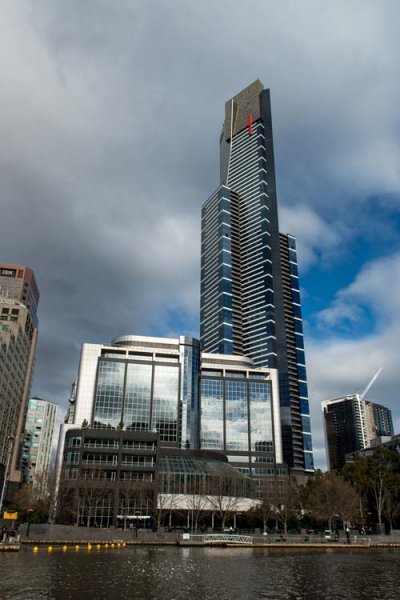
There are many ways of taking a series of images to use for time lapse photography. My camera was setup on a tripod and set to take a photo every five seconds over 10 minutes. In total 120 images were taken, however that number is up to you. The other day I took 300 images to use for one.
You can do this in various ways and it is best to check your camera manual to see if you can take photos at intervals. If you can’t then you may have to use something like an intervalometer or just manually take a photo every five seconds or whatever interval you choose.
When I got home I did some research and found a fairly easy way of putting the images together to get a quick time lapse. Follow along a I show you how you can do this as well.
The 120 images were imported into Lightroom. If you are unsure of how to Import photos then look at this article: Quick Tip: Importing to Lightroom Made Easier.
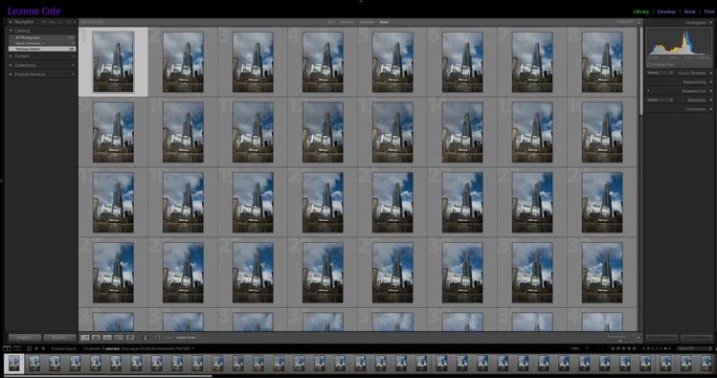
The images for the time lapse in Lightroom
Choose the first image and you do some basic processing to it in the develop module. I straightened, then cropped, a bit of a building out of the side of it, brought out the shadows and highlights.
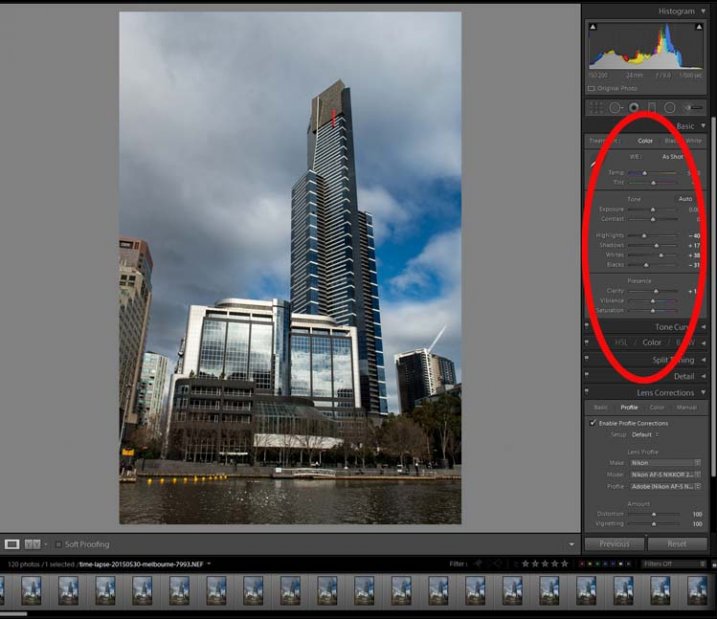
Processing done to the first image.
Select all images for the time lapse and click Sync, in the bottom right of the Develop module.
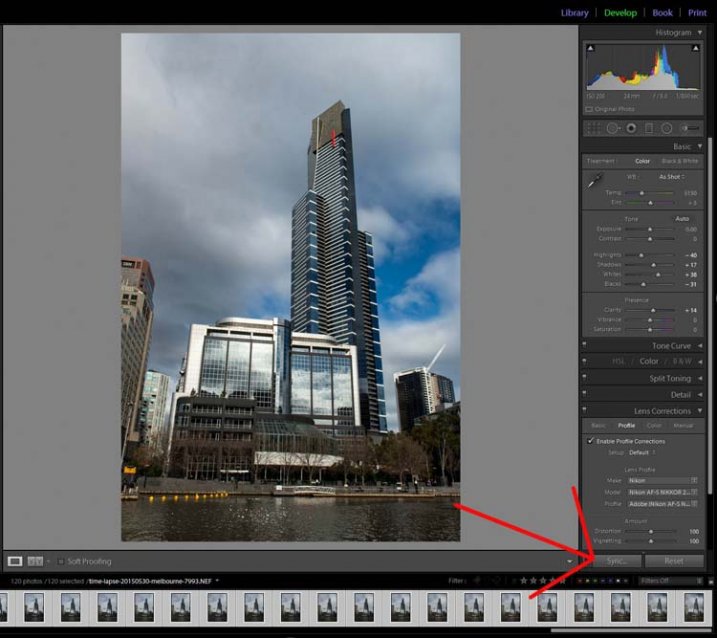
The Sync Button
When the window to Synchronize Settings comes up, tick the box at the bottom to Check All. You want all the changes that you made to the first image to be applied to all of them. They are basically all the same image except for the changes that you want to use for the time lapse.
Press Synchronize in the bottom right of the window. You will see that all the images change and are now ready to be exported.
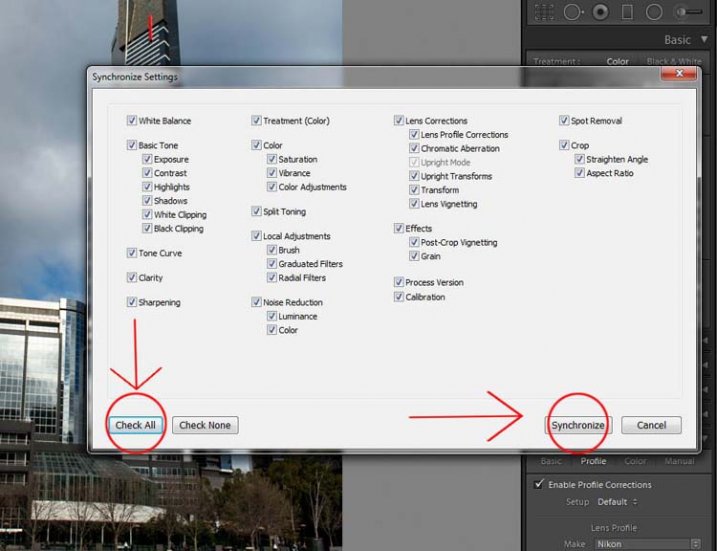
Synchronizing the images.
There are a few things to consider when you export them, one is the way you rename them. If the number or sequence isn’t at the front of the file name then there may be software problems to put them in the right sequence. It doesn’t make a difference with Photoshop CC.
The images should be changed to jpeg. It is only for the internet so you can use a low resolution, 72 dpi is okay. The size of the image was changed to 1980 pixels for the longest side, which is a good size for videos and for HD.
In the following image you can see which export settings I used for the Time Lapse sequence images.
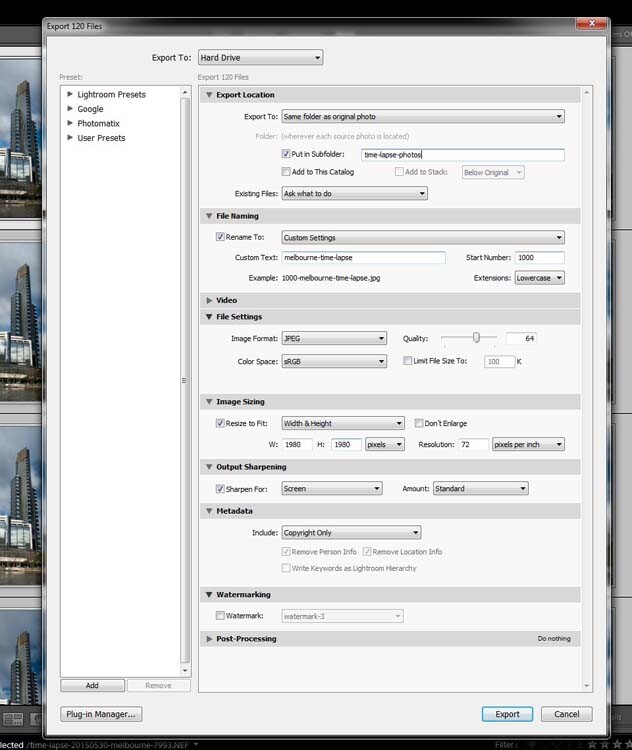
Exporting the images.
Press Export. Then, to put the images together to make the time lapse you will need to move into Photoshop.
In Photoshop you need to go to File and Open. (File > Open) Go to the folder with the exported images and select the first one in the sequence. In the same window, before you press Open, make sure you check the box that says Image Sequence which is down near the bottom.
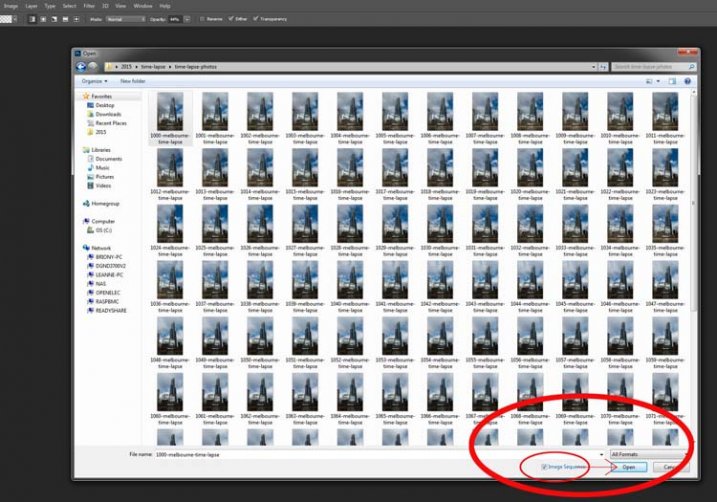
Getting the images ready for the time lapse.
Once you have checked it, select Open.
Before Photoshop opens them a new window will come up asking you how many frames per second you want to use.
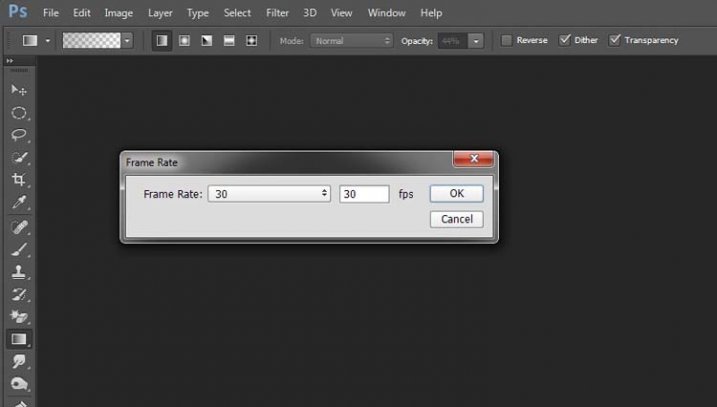
Setting the frame rate.
At this stage you can just click OK; you will have a chance to change it later on if you want to make it slower or faster.
To make it a time lapse you need to open another window in the Photoshop main window. Go up to Window in the main menu at the top, and then down to Timeline and select it. (Window > Timeline)
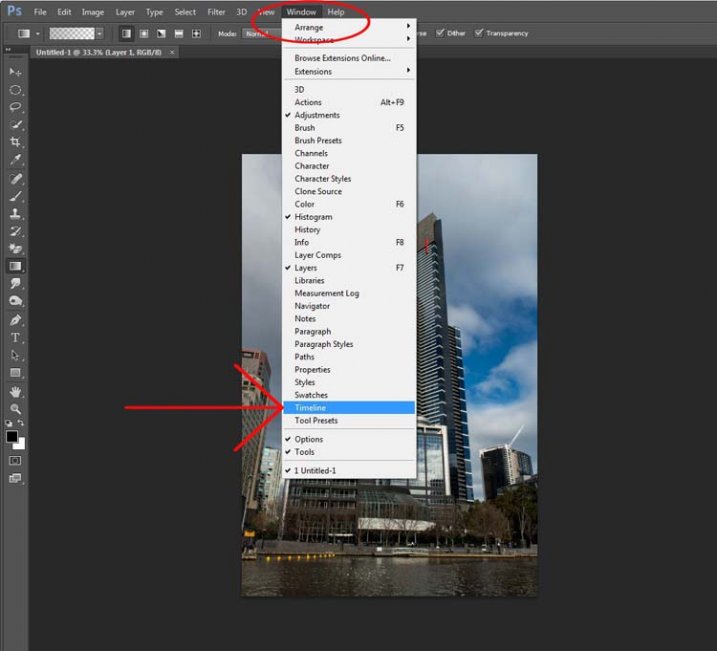
Opening the Timeline.
You will see a new window appear down the bottom. Look at the following image:
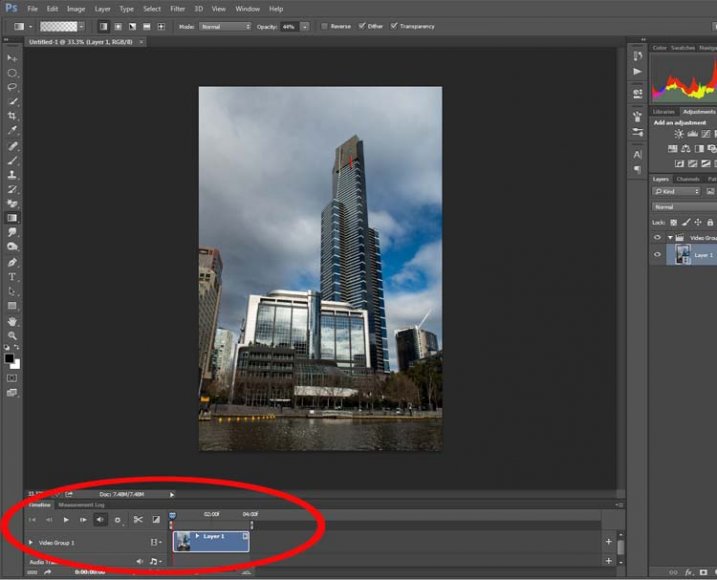
Looking at the Timeline.
If you press the play button you will see your time lapse run.
If you want to change the Frame Rate this is the time to do it. In the Timeline Window, up in the top right corner, you should be able to see a down arrow with lines next to it, click on that and a drop-down menu will appear. Go down and select Select Timeline Frame Rate…
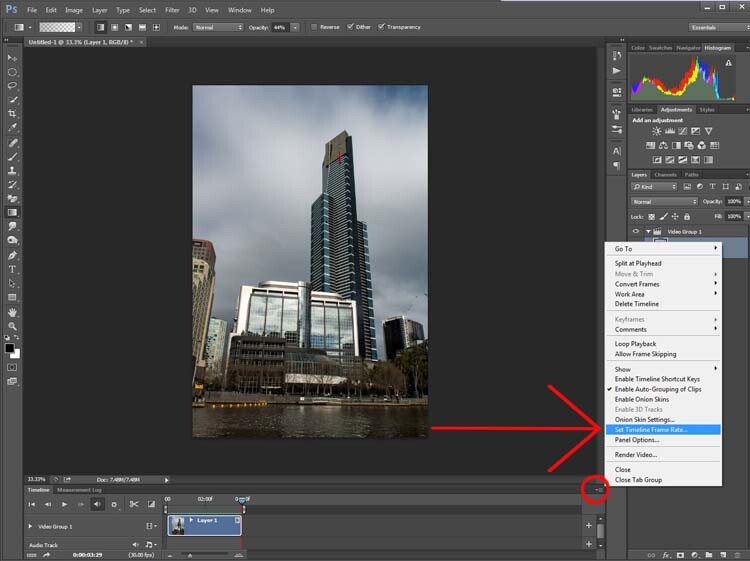
Changing the frame rate.
You can change this as many times as you like. Keep doing it until you get a frame rate you like. Once you are happy with how long it runs for, you can render the video.
Go up to File, then select Export. In the drop down menu choose Render Video. (File > Export > Render Video)

Exporting the video.
After initializing, the Render Video window will come up. In this Window you can name your video and decide in what format you want it saved.

Working out the video type.
Set it on one of the HD settings and you will get an MP4 video. It gives you quite a good video.
If you decide you really like doing them there are lots of other methods, this is just a quick way to do time lapse movies using Lightroom and Photoshop CC.
googletag.cmd.push(function() {
tablet_slots.push( googletag.defineSlot( “/1005424/_dPSv4_tab-all-article-bottom_(300×250)”, [300, 250], “pb-ad-78623” ).addService( googletag.pubads() ) ); } );
googletag.cmd.push(function() {
mobile_slots.push( googletag.defineSlot( “/1005424/_dPSv4_mob-all-article-bottom_(300×250)”, [300, 250], “pb-ad-78158” ).addService( googletag.pubads() ) ); } );
The post How to Shoot and Process a Time Lapse Movie – Quick Method by Leanne Cole appeared first on Digital Photography School.
You must be logged in to post a comment.